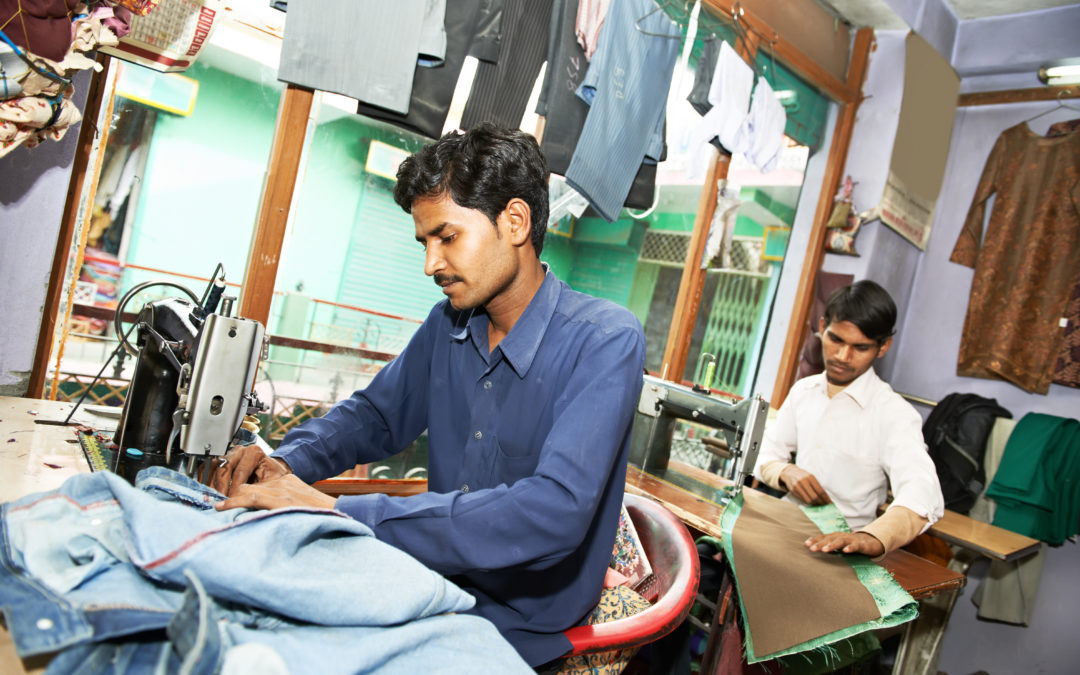Estimates indicate that by 2030, there will be 1.5 billion school-age children in low- and middle-income countries. If current trends continue, well over half of them — 880 million children — will not be on track to acquire the most basic skills they need to succeed in the workforce.
 The 2030 Skills Scorecard, produced by the Education Commission and the Global Business Coalition for Education, calculates and projects the percentage of students in each world region currently on track to attain a basic level of secondary education as a measurement for workplace skills readiness. The scorecard aims to highlight the world’s youth skills deficit so we can understand it and help address it.
The 2030 Skills Scorecard, produced by the Education Commission and the Global Business Coalition for Education, calculates and projects the percentage of students in each world region currently on track to attain a basic level of secondary education as a measurement for workplace skills readiness. The scorecard aims to highlight the world’s youth skills deficit so we can understand it and help address it.
The estimates in the Scorecard were generated based on a 2019 update of the Education Commission’s original 2016 projections model for the Learning Generation report. Basic skills for the workplace is measured as a minimum level of secondary skills, using existing data and minimum benchmarks of “low” levels of achievement on learning assessments, including those measuring math and science, such as the TIMSS Grade 8 assessment and the PISA assessment or equivalent regional and national assessments.
The global Scorecard was first released in September 2019 during the United Nations General Assembly, showcasing regional-level data for Sub-Saharan Africa; the Middle East and North Africa; Latin America; East Asia and the Pacific; and South Asia. In October 2019, a South Asia edition of the scorecard – showing skills readiness projections for each country in the region – was released in conjunction with the South Asia Youth Skills and Solution Forum held in India. We will continue to release more country-specific data in 2020.
Learn more and download the Scorecard on the Global Business Coalition for Education’s website. >>

